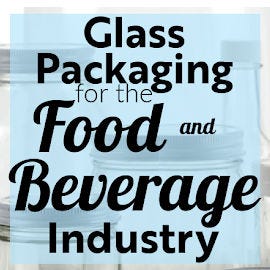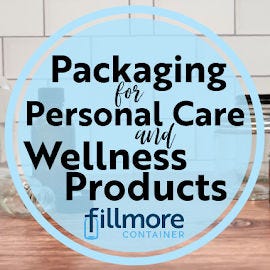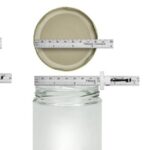
Is Oven Canning Safe?
Is oven canning safe? The short and safe answer is “no”. While there are several reasons not to, perhaps the biggest reason is that oven canning is not recommended by ANY of the glass jar or canning lid manufacturers to date. We do not aim to be the preserving police, but with posts on tiktok, YouTube and other social media platforms recommending questionable practices, we feel obligated to address this topic. Ultimately, you are responsible for the level of success and safety in your kitchens…so please use caution…and remember to consider the source of your recipes & processes.
We also appreciate the understanding that our desire is for our customers to have successful experiences using our products, so sharing insight on how those products are recommended by their manufactures becomes important.
Why Oven Canning is Not Recommended
- Canning lids (including the 2-piece lids used for home canning as well as those used in commercial applications) are not engineered for dry heat applications. In particular, the soft sealing compound (whether it’s plastisol or another similar formulation) is designed for moist heat processing. This would include water bath, steam kettle, pressure canning and hot fill applications.
- Canning jars are not tempered. No, contrary to some claims floating around out there, they are not. Not even Ball/Newell/Kerr or Anchor Hocking jars. We clarify this in our “Are Canning Jars Tempered” article.
- Temperatures called for in canning recipes are easier to confidently control. For example, we know that water boils at 212° F, so a water bath process, you can be confident that a rolling boil will be holding that temperature. Similarly for pressure canning, recipes indicate how many pounds of pressure for a certain amount of time. Upon the end of processing, the cooling of the canner also allows for the cooling of the jars at a very gentle rate, and you are less likely to violate that thermal shock differential. The thermal shock differential is the range of change that glass can generally withstand before experiencing shock and damage. For canning jars, this range is generally 90° F. This means that you aim to manage your process and post-processing environment temperatures so that all changes are within that range.
- Heat transfers into the jars (and thus through the product) more slowly in the dry oven heat than in the moist environment of steam, water bath or pressure canning processes.
- Risk of injury/burns or breakage during handling is increased. Jar lifters aren’t designed for this. The logistics of removing hot jars from a dry hot oven is less than ideal and the distance they likely need to be carried is usually much greater than from the kettle to the counter.
- Some “recipes” recommended for this method are sketchy…in the specifics of duration of time and the temperature. It is generally more safe to stick with the scientifically based justifications for the time/temp recommendations from the National Center for Home Food Preservation.
If you’re interested about understanding more on the topic or see other sources address it, see history of oven canning, read about methods not recommended by the Penn State Extension, and the NCHFP. Our goal is to help you be successful in your preserving journey! Get more answers to questions, links to recipes, webinars & workshops, and other learning opportunities and tips on our Resources for Home Canning page.
If you’re wondering why there are products in our online catalogue that aren’t recommended for home canning, it’s because most of our customers are not home canners. We also sell packaging for a wide range of commercial businesses, many of whom operate out of their homes, some from rental kitchens, some with their own commercial operation space. The resources & articles that we offer (related to edible products) are categorized into “home canning resources” and “commercial resources” because the recommendations (for home canning) are different than the regulations for products you will sell. Those who are selling their products must (according to their local/state/FDA regulations) meet certain standards of safety and have their processes and recipes approved by the appropriate process authority. The processes that are approved by those authorities can be (and often are) different from those recommended for home canning.





0 Comments